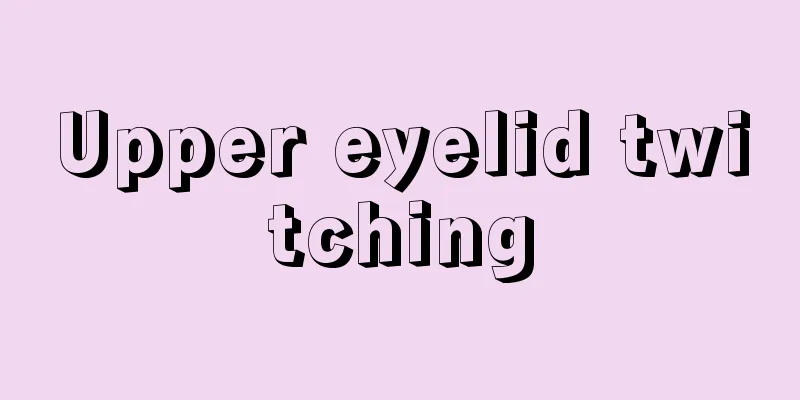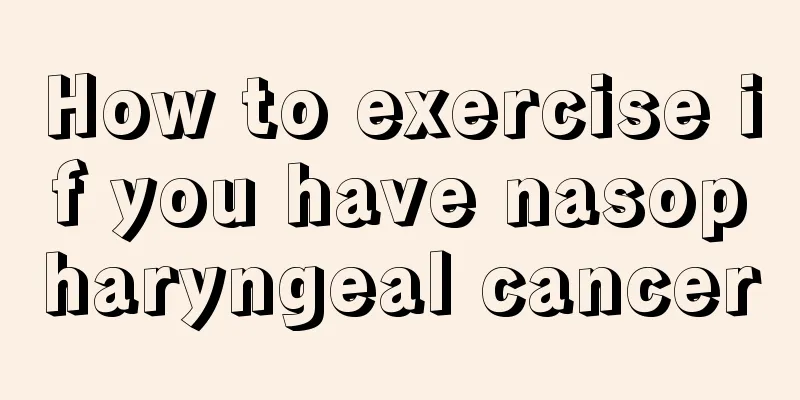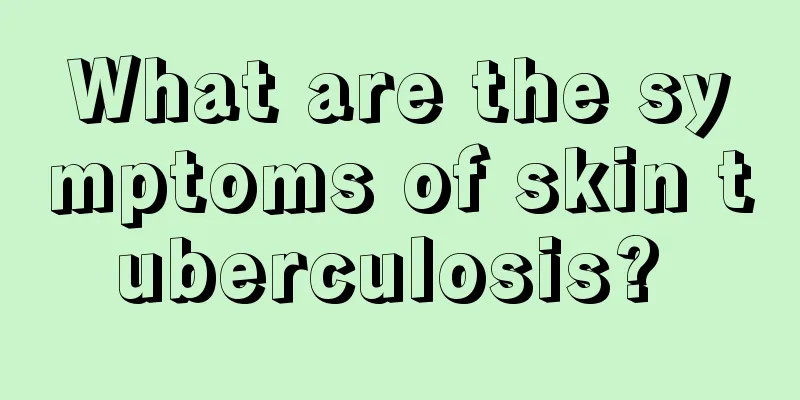Upper eyelid twitching

|
There are many nerve controls in the human face, and when these nerves are out of control, convulsions may occur. There are many nerves on the eyelids, which greatly increases the chance of eyelid twitching. Some people are very worried about their upper eyelid twitching because there are many superstitious beliefs about upper eyelid twitching among the people. Therefore, it is very necessary to understand the causes of upper eyelid twitching at this time. What are the symptoms of blepharospasm? Most patients with blepharospasm have bilateral onset, while some patients have unilateral onset, which is often manifested by imperceptible involuntary twitching of the eyelids and frequent blinking of the eyelids. In the early stages, it may manifest as a significant increase in the number of blinks or difficulty in keeping the eyes open, heavy eyelids that are difficult to open, and paroxysmal difficulty in opening the eyes when looking at people or objects. Eyelid spasms worsen when concentrating, mentally stressed or in a bad mood, manifested as deepening and increasing wrinkles around the eyes, especially there are more obvious horizontal wrinkles at the root of the nose; the symptoms of eyelid spasm can be relieved in a relaxed state such as chatting, singing, chewing gum, or when touching a part of the mandibular face. As the disease progresses, both eyelids may be affected. Late-stage patients may experience persistent eyelid closure, and are unable to look directly at the person they are talking to, read books or newspapers, or watch TV, go out alone or cross the road, and may even experience functional blindness. The interval between twitching or blinking and the duration of the attack are different for each patient with blepharospasm. In severe cases, the facial and neck muscles will twitch together. For patients with blepharospasm, the anxiety and depression caused by the disease are often more serious than the troubles caused by the disease itself, and often cause great pain and trouble in daily life and work. What are the treatments for blepharospasm? Wearing goggles and eyelid braces can help some people improve their symptoms. Some patients can also achieve satisfactory clinical efficacy by taking oral drugs such as clonazepam (1-8 mg/d), diazepam (Antan, 2-12 mg/d) or baclofen (15-20 mg/d). However, most patients do not respond to multiple drug treatments. Common treatments include: Botulinum toxin type A: Botulinum toxin type A is currently the most common and economical method for treating blepharospasm. 90% of patients with blepharospasm can achieve significant improvement after botulinum toxin type A injection treatment. Most patients with blepharospasm will begin to experience symptom relief 4 to 5 days after injection treatment, with significant relief in about 1 week. The drug's peak effect is reached in 2 weeks, when symptom relief is most obvious. The efficacy is 100%, and the effective duration is 10 to 24 weeks, with an average of about 15.8 weeks. Clinically, while injecting botulinum toxin type A, taking acetylcholine drugs such as Antan or benzodiazepines such as clonazepam can significantly enhance the therapeutic effect and prolong the duration of action. For most patients, 2 to 3 injections within a year can restore their vision to near normal. The dose for the second and subsequent injections can be halved. For a small number of patients who develop antibodies to botulinum toxin type A, botulinum toxin types B and F can be used as alternative treatments, but their effectiveness is shorter-lived and therefore their use is limited. Compound anisodine: Subcutaneous injection of compound anisodine near the superficial temporal artery is another effective method for treating blepharospasm. The drug is directly injected into the lesion site, which helps to repair the diseased nerve fibers and their myelin biofilm. 2 ml of compound anisodine was injected subcutaneously near the patient's superficial temporal artery once a day for a course of 14 days. After 1 course of treatment, decide whether to continue using it based on your condition. In the second course of treatment, 500μg of vitamin B12 injection can be added to anisodine. The treatment method is simple and has good efficacy. Surgical treatment: For patients who are not satisfied with the results of conventional or conservative medical treatment, surgical treatment may be considered. Orbicularis oculi muscle resection is currently being phased out due to the high incidence of postoperative complications. |
<<: Suddenly my whole body convulsed in the middle of the night
>>: Pregnancy-induced convulsions
Recommend
What are the types of yam
In people's daily life, yam should be eaten f...
The advantages and disadvantages of facial cupping
I believe everyone has a certain understanding of...
How to treat lung cancer in the late stage? What are the folk remedies for lung cancer in the late stage?
Lung cancer occurs in the bronchial mucosal epith...
What food is good for prostate cancer? Prostate cancer patients should eat these five types of food
Prostate cancer has caused many people to lose th...
Screening and prevention methods for cervical cancer
After HPV infection, smoking, multiple pregnancie...
The soles of my feet are peeling and itchy
Peeling of the soles of the feet is very common i...
Is red blood-streaked and sensitive skin the most likely to develop spots?
The phenomenon of red blood streaks is more likel...
Protect your ears to prevent ear function loss
In daily life, physical health is very important,...
What are the benefits of diuresis
I believe that everyone has heard of foods that c...
What is the reason why the refrigerator smells
After using the refrigerator for a period of time...
I always feel tired and lack energy
With the development of society, many people are ...
The difference between beef cabbage and cabbage
Oxheart cabbage and cabbage are not the same dish...
Does carpet contain formaldehyde
Many people will choose to decorate their new hou...
What is the best way to treat colon diverticulum?
The treatment of colon diverticulum must be carri...
Introduction to the diagnostic methods of chronic testicular cancer
An introduction to the diagnostic methods of chro...









